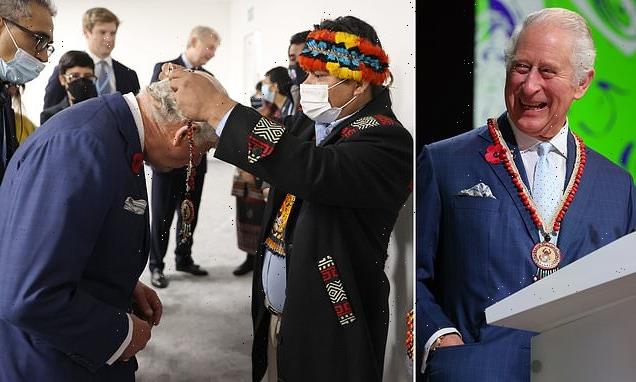Southwest Airlines (LUV) trimmed its schedule for November and December and has beefed up staffing ahead of the expected Thanksgiving and Christmas holiday travel rush. "So our reserves are over 20% for our crews, which helps you operate every single day," Incoming CEO Bob Jordan told Yahoo Finance Live.
That 20% is almost double the number Southwest had in place in early October when bad weather and Federal Aviation Administration (FAA) air traffic delays cascaded into a logistics nightmare for the airline and customers as it canceled more than 2,000 flights.
Southwest is the largest domestic carrier in the United States and Jordan, an executive vice president, is part of the leadership team making sure the cancellation nightmare doesn't happen again.
"It's all about reliability. Our customers need to get to where they're going and they need to depend on us and they can depend on us," he said, citing what he calls a terrific responsibility, "because they rely on us to get them to things that matter in their lives, to weddings and to visit family on holidays."
Millions of Americans are counting on it. Transportation Safety Administration (TSA) data shows roughly 2.6 million people passed through airport security every day during the Thanksgiving holiday in 2019, before the COVID-19 pandemic decimated the airline industry. It was about 2.5 million passengers each day during Christmas that year.
"Our bookings for the holidays are basically following the curve that they followed in 2019, which gives us a lot of assurance that there's demand there and you'll see load factors that are pretty typical," Jordan said.
COVID-19 'just tired of hearing about it'
Cowen Managing Director and airline analyst Helane Becker is forecasting a strong holiday travel season because people will want to avoid missing another year of holidays with family especially as COVID-19 case counts fall in the U.S.
"It seems to us as though people are starting to take case counts in stride and ignore them as they plan trips going forward. I think COVID-19 is becoming endemic and people are just tired of hearing about it," Becker said.
Raymond James analyst Savanthi Syth told Yahoo Finance Live, "The holidays are booking in line with 2019. So I think that is pretty consistent. I think if it wasn't for the delta COVID variant, I think it would have been a much stronger holiday period for the airlines but that kind of put them a little bit behind."
The major airlines all reported the late summer spike in COVID-19 cases cut demand for tickets in August and September. But, Delta Air Lines (DAL) was the first to predict a strong holiday travel season. "With robust holiday demand and an expected improvement in corporate and international demand, we expect total December quarter revenue to recover to the low 70s percentage relative to 2019,” the airline said in its Q3 earnings report.
United Airlines (UAL) Chief Commercial Officer Andrew Nocella told investors the airline is slowly adding capacity for the holidays. "By December, we expect domestic capacity will only be down 9% as we prepare for a very strong holiday season."
And President of American Airlines (AAL) Robert Isom told investors, "We expect a lot of passengers, tremendous pent up demand, especially as vaccinations take hold and infection rates decline and we're going to be ready. We have to get ready for the holidays always."
Syth highlighted data that showed people continued to travel over Summer holidays like the Fourth of July despite the rising cases of COVID-19. "Even when delta variant was coming up, the Labor Day weekend was really strong," Syth said.
"There's a lot of hope because there's a lot of demand," Southwest's Jordan said. "I think the expectation is that the holiday season looks very much like it did pre-pandemic" as he predicted a strong holiday take off for the industry,
Adam Shapiro is co-anchor of Yahoo Finance Live. Follow him on Twitter @Ajshaps
Read the latest financial and business news from Yahoo Finance
Follow Yahoo Finance on Twitter, Instagram, YouTube, Facebook, Flipboard, and LinkedIn
Source: Read Full Article


